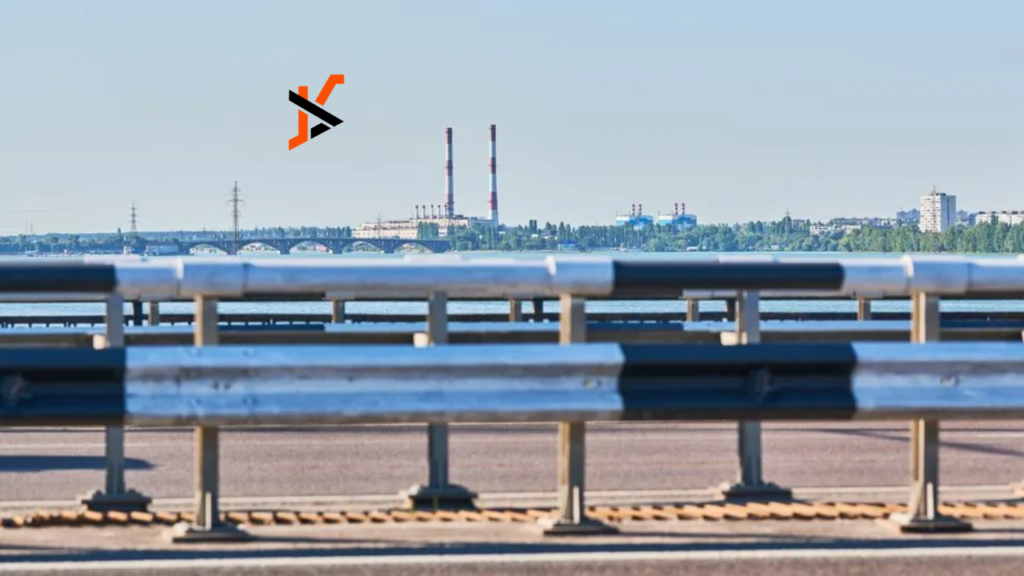Pedestrian safety is a critical aspect of urban planning and infrastructure development. With the increasing number of vehicles on the road and the rising population density in cities, the need for effective safety measures has never been more pressing. One such measure is the installation of pedestrian guard rails. These structures are designed to protect pedestrians by creating a physical barrier between them and vehicular traffic. In this article, we will explore how pedestrian guard rails prevent accidents and save lives, examine their benefits, and discuss their implementation in various urban environments.
The Importance of Pedestrian Guard Rails
Pedestrian guard rails serve multiple functions in enhancing public safety. They are strategically placed to guide foot traffic, prevent jaywalking, and protect pedestrians from vehicles that may veer off the road. These barriers are particularly crucial in high-traffic areas, near schools, parks, and other locations where pedestrian activity is high.
Preventing Accidents
One of the primary ways pedestrian guard rails prevent accidents is by providing a clear boundary between pedestrian walkways and roadways. This separation is vital in areas with heavy traffic, where the risk of accidents is higher. By physically preventing pedestrians from crossing roads at unsafe points, guard rails reduce the likelihood of collisions between pedestrians and vehicles.
In addition to physical separation, guard rails also serve as a psychological barrier. Pedestrians are less likely to attempt to cross roads in dangerous locations if there is a visible barrier in place. This helps to channel pedestrian movement to designated crossing points, such as zebra crossings or pedestrian bridges, which are safer.
Protecting Vulnerable Populations
Certain populations, such as children, the elderly, and individuals with disabilities, are more vulnerable to traffic accidents. Pedestrian guard rails play a crucial role in protecting these groups. For instance, near schools, guard rails can prevent children from running into the street. In areas frequented by the elderly or disabled, guard rails can provide support and guidance, helping them navigate safely.
Reducing Traffic-Related Fatalities
Statistics have shown that pedestrian guard rails can significantly reduce the number of traffic-related fatalities. In urban areas where these barriers have been implemented, there has been a noticeable decrease in pedestrian deaths and injuries. This is particularly evident in locations with high pedestrian traffic and where vehicles often travel at high speeds.
Design and Material Considerations
The effectiveness of pedestrian guard rails depends on their design and the materials used. Guard rails must be robust enough to withstand impacts but also designed to be visually unobtrusive and aesthetically pleasing.
Galvanized Pedestrian Guard Rails
One popular material for pedestrian guard rails is galvanized steel. Galvanized pedestrian guard rails, such as those offered by Armco Direct, are coated with a layer of zinc to prevent rust and corrosion. This makes them highly durable and capable of withstanding harsh weather conditions, ensuring long-term safety and reliability. For more information on high-quality pedestrian guard rails, visit Armco Direc here: https://www.armcodirect.co.uk/products/galvanised-pedestrian-guard-rail/
Galvanized guard rails are also relatively low maintenance, which is an important consideration for city planners and municipalities. Their longevity and durability make them a cost-effective solution for urban safety infrastructure.
Implementation in Urban Environments
The successful implementation of pedestrian guard rails requires careful planning and consideration of various factors, including traffic patterns, pedestrian behavior, and urban aesthetics.
Strategic Placement
Guard rails should be strategically placed in locations where they can have the most significant impact. High-risk areas such as intersections, crosswalks, and the vicinity of public transport hubs are ideal locations for these barriers. Additionally, areas near schools, playgrounds, and parks should be prioritized to protect children and families.
Integration with Urban Design
While safety is the primary concern, it is also essential to consider the visual impact of pedestrian guard rails on the urban landscape. Modern guard rails come in various designs that can be integrated seamlessly into cityscapes. This ensures that they do not detract from the aesthetic appeal of the area while still providing essential safety benefits.
Community Involvement
Engaging the community in the planning and implementation process can also enhance the effectiveness of pedestrian guard rails. Public consultations and feedback can provide valuable insights into areas of concern for residents and help in designing solutions that meet the specific needs of the community.
Case Studies and Real-World Examples
Several cities worldwide have successfully implemented pedestrian guard rails, resulting in significant improvements in pedestrian safety.
London, United Kingdom
In London, pedestrian guard rails have been extensively used to manage foot traffic and enhance safety at busy intersections and along major roads. Studies have shown a reduction in pedestrian accidents in areas where these barriers have been installed.
New York City, USA
New York City has also seen positive results from the installation of pedestrian guard rails, particularly in high-traffic areas such as Times Square. The city has focused on creating a pedestrian-friendly environment while ensuring safety through the strategic use of guard rails and other barriers.
Tokyo, Japan
Tokyo’s approach to pedestrian safety includes the widespread use of guard rails in residential areas and near schools. This has helped to protect vulnerable populations and reduce the number of traffic-related incidents involving pedestrians.
Conclusion
Pedestrian guard rails are a vital component of urban safety infrastructure. By providing a physical barrier between pedestrians and vehicles, they help prevent accidents and save lives. Their effectiveness is evident in the reduction of traffic-related fatalities and injuries in areas where they have been implemented.
The use of durable materials, such as galvanized steel, ensures that these barriers can withstand the test of time and continue to provide safety benefits for years to come. As cities continue to grow and traffic patterns become more complex, the strategic implementation of pedestrian guard rails will play an increasingly important role in creating safe and walkable urban environments.

